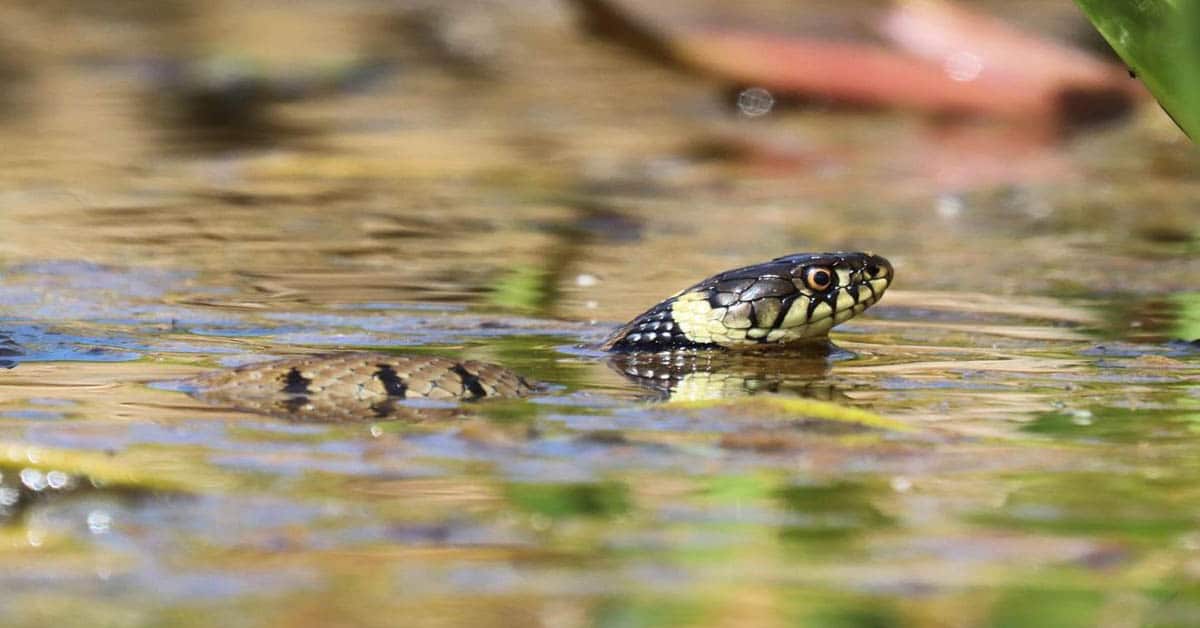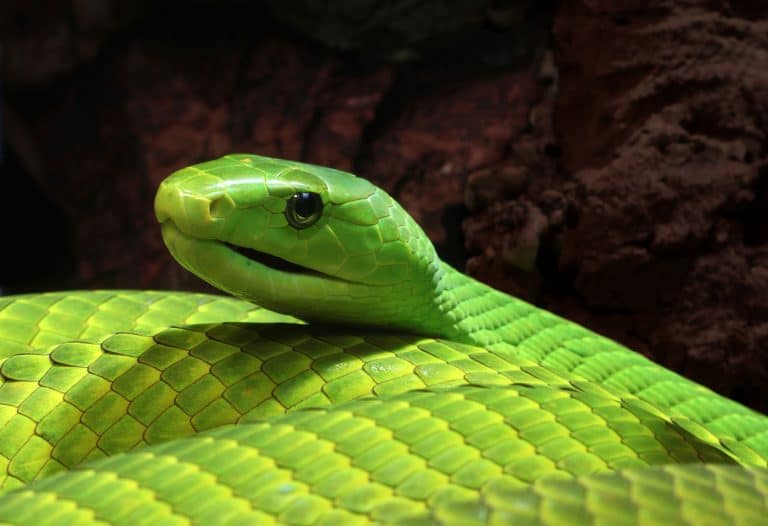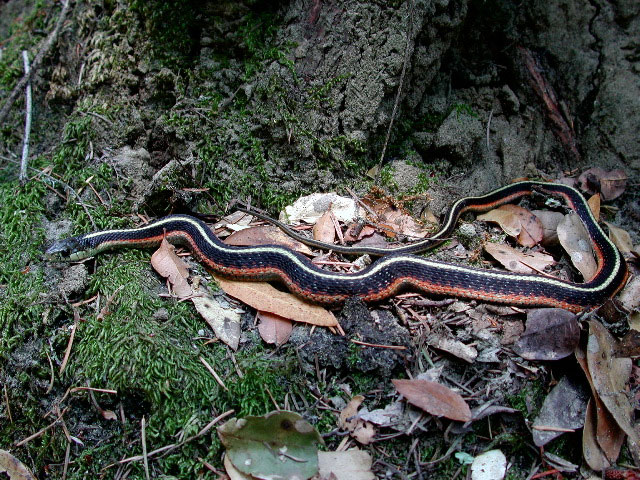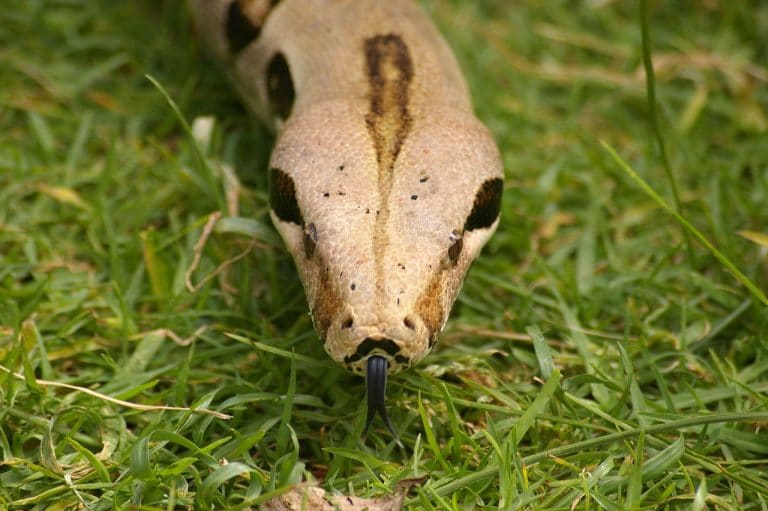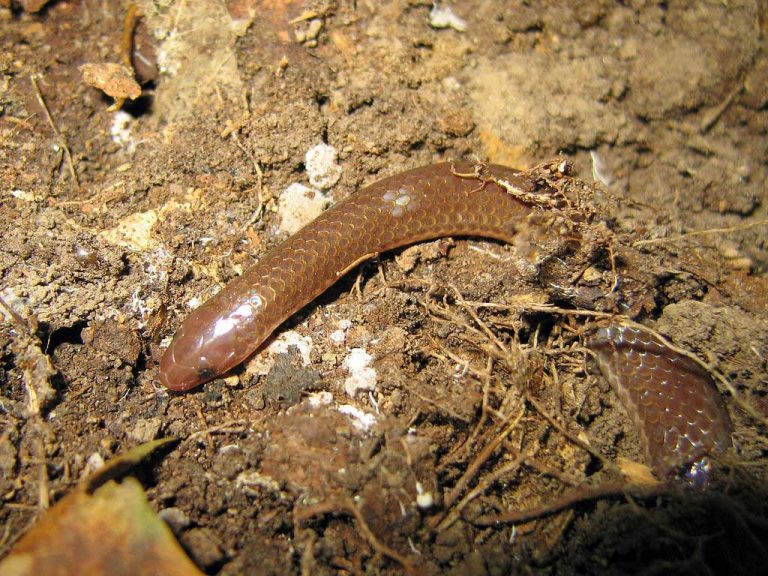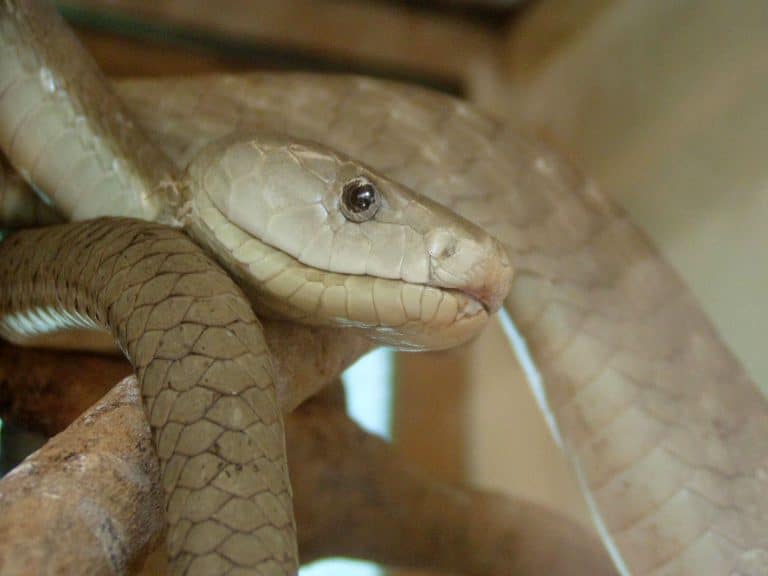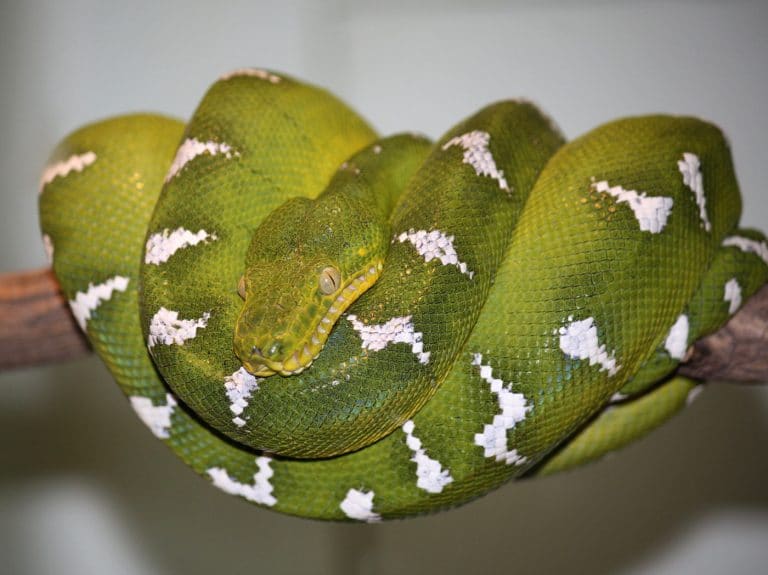Can Snakes Swim?
Whether you adore them or avoid them, snakes are very interesting creatures. One of the most interesting facts about snakes is that they lack arms and legs, unlike other reptiles. However, they may still navigate through a variety of terrain even without appendages. They have the ability to climb mountain sides and crawl to the treetops.
Some people believe that the snakes that swim do not bite and are not venomous. Some even believe that snakes cannot swim. Since you came across this article, you must be wondering, can snakes swim? So, let’s explore those sometimes scary creatures and their abilities.
Can Snakes Swim?
Let’s answer the main question of whether snakes can snakes swim. The vast majority of snake species have the ability to swim. However, not all can. Those creatures can be observed in various bodies of water, including lakes, rivers, and oceans. They can also dive and swim underwater, but only for short periods. After some time, they will need to come up to the surface to breathe in some air.
It is observed that all snakes have the ability to swim on top of the water. However, water snakes, which are poisonous, can float even if they stop. Unlike venomous snakes, non-venomous ones typically sink under the surface once they get stationary. In such cases, we can only see the head sticking out of the water.
How Deep Can Snakes Swim?
Above, we already answered the question of whether snakes can snakes swim. However, it is natural to wonder how deep snakes can dive or if they always stay near the surface. After they were explored and several species were observed, it is believed that the depth at which can snakes swim is around 80 to 100 meters below the water’s surface.
In northern Australian waters and tropical oceans, those creatures are observed to swim very deep underwater. However, in the streams and lakes, they typically are on the surface and have their head sticking out. They only dive to hunt for fish, and they do it only to hunt for fish.
Types Of Snakes That Can Swim Underwater
We’ve already explored whether can snakes swim or dive underwater. However, some species do it more often than others. For example, the water snake and cottonmouth, also known as a water moccasin, are two common snakes that may live in or near water along with sea snakes.
Although it is commonly accepted that all snakes are terrestrial animals, some have adapted to live in the water in quest of food. Sea snakes appeared due to this evolution, which started 35 million years ago. Water snakes can be categorized into the following 2 groups.
Sea Snakes
Sea snakes have their name for a reason—not only can snakes swim, but they also typically spend the vast majority of their lives in the water. There, they hunt and eat the food. But in order to get air, they must come up to the surface.
Unlike other snakes, sea snakes have the ability to swim without rest for long periods of time. In actuality, most sea snakes can dive to depths of 80–100 meters and remain there for up to 2 hours without breathing. Sea snakes need air to breathe and live. However, they can spend their greatest time underwater, just like whales.
Warm water is what sea snakes enjoy. This is because they are still cold-blooded creatures that depend on the warmth of their surroundings to keep their internal body temperatures stable.
They stand out for their stunning, brilliant hues (which are sometimes striped), as well as the fact that they are quite poisonous. In actuality, some of the world’s most poisonous snakes are sea snakes.
Sea Krait
Sea kraits are another example of swimming snakes. Can snakes swim? Definitely, and sea kraits are a great example of this. They can swim for extended periods of time in water up to 80 meters deep. They must land, though, to digest food and deposit their eggs. We classify them as “semi-aquatic” since they occasionally spend time on land.
Sea kraits will spend most of their lives in the water since they feel more at ease there. Like their sea snake relatives, they continue to have a paddle-shaped tail, which has developed to help them swim well underwater.
Despite being poisonous, sea kraits are timid and rarely bite. Their unique black-and-white stripes are what give them the nickname “striped sweater,” which they also go by.
Those creatures are also skilled deep-sea hunters and great climbers. In order to find smaller fish hiding within the coral, they really work together with other creatures such as bluefin trevally and yellowfin goatfish.
Land Snakes And Water Snakes
Only very few snakes that live on land can swim and hunt underwater, but almost all land snakes can float on the surface of the water. Famous land snakes that can go in the water and hunt are cottonmouth and water snakes. They are well-known for regularly swimming beneath the surface.
Land snakes typically have their heads out of the water when swimming. And their swimming activity is only when crossing streams to get to the other side. Most snake species have this ability.
Even snakes with the ability to swim underwater, like the cottonmouth, prefer to keep their heads above water. Although the two snakes are frequently confused, the cottonmouth is poisonous, while the common watersnake is not.
Can Snakes Bite Underwater?
If swimming in an area where snakes have been spotted is something you’re interested in, you’ll undoubtedly want to learn as much as you can. So, we observe whether can snakes swim underwater or not. But can they attack and bite?
Underwater, snakes can attack you, but often only when provoked or when they feel threatened. Researchers examined 100 individuals who attended a nearby hospital with sea snake bites. The vast majority of those people were fishermen.
Researchers concluded that they were bitten after walking on a snake that was in the water. This was because the bite marks were on their lower limbs. The snake can still bite, whether it is deadly or not. If you see a snake in the water or on land, do not disturb it and try to leave it alone.
Not only can snakes swim, but they can bite underwater. Water moccasins are among the 20 most venomous snakes in the USA. Therefore, their bite is potentially more dangerous. But it’s crucial to remember that most bites happen when snakes are being handled or defending themselves from an assault. Consequently, it is not a wise idea to try to catch or handle a snake of any type.
For instance, although northern water snakes are non-venomous and do not bite, they do carry germs in their mouths. It’s possible for the germs to go into your circulation and create problems. To prevent getting bitten, always exercise caution around snakes.
Swimmers and divers almost never get bitten by snakes since they do not view people as prey and almost never attempt to run from them. The snake could attack you if you approach it forcefully.
Can Snakes Swim And Be Venomous?
Some species of swimming snakes can be venomous and, when biting, can inject it. For example, sea snakes inject venom while swimming under the water and bite their prey, like fish.
The common seashore creature known as the sea krait is poisonous and famously shy. Unless provoked, they are unlikely to bite. People frequently get bitten as they pull the snake’s tail out of the water and onto land.
Although common water snakes are not poisonous, they will bite and attack repeatedly if they feel threatened. Because they mistake them for cottonmouths, people frequently try to kill them. Giving the snake a lot of room is always preferable and safe. Once again, regular swimmers and dangerous cottonmouth snakes can bite when threatened.
Water Moccasin
The water moccasin is among the most feared poisonous snakes in the world. Indeed, snakes. However, how hostile are they? To learn more, researchers from the University of Georgia undertook a study.
The study showed that of the 45 snakes examined, 23 tried to flee, 28 of the 36 individuals tested displayed protective behaviors and threat techniques, and only 13 of the 36 tested bit a hand (which, eventually, was fake). The results call into question common assumptions regarding their aggressive conduct.
How Do Snakes Swim?
The motions used by snakes in water and on land are quite similar. The serpentine technique is typically used when you observe a snake sort of bodysurfing across the surface of the water. That is accurate, whether it is a pond, a lake, or occasionally even the sea.
They move undulating, and that is how they maintain buoyancy. Additionally, they also use surface tension to maintain stability. As a snake moves about in the water, it exerts a force on the water by creating what seems to be an “S” shape with its body.
Bottom Line – Can Snakes Swim?
Common water snakes descend below the surface of the water, whereas deadly snakes often travel on the water’s surface. This variation often serves as a reliable signal of a snake’s potential for threat. Some even have the ability to glide and leap across branches.
Above in this article, we answered the main question of whether can snakes swim. And our answer is that yes, snakes are reptiles that swim pretty well.

Nato is a content writer and researcher with a background in psychology who’s eager to explore the wonders of nature. As a travel enthusiast and animal lover, she hopes to inspire others to discover and cherish the beauty and importance of the natural world.

